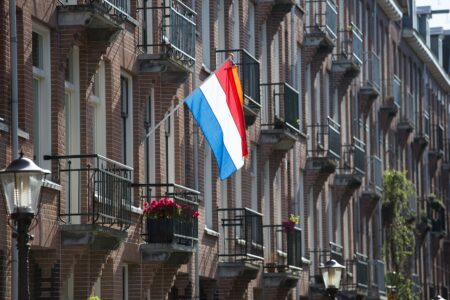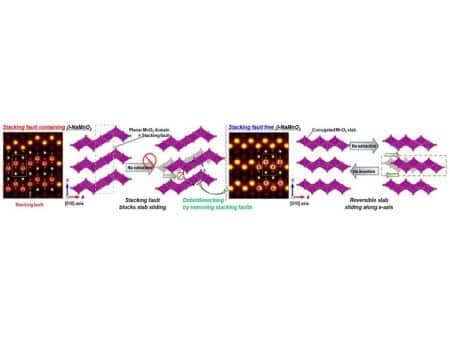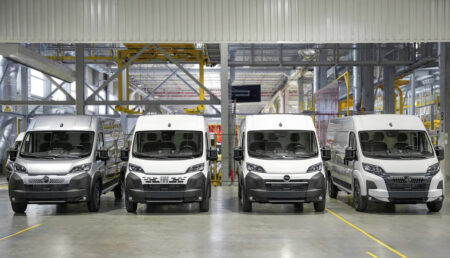As the global push towards renewable energy intensifies, South Africa finds itself at a pivotal junction with the introduction of Tesla’s Powerwall 3 energy storage system.
A striking data point driving interest: the typical South African homeowner could potentially save up to R29,351 annually with the system, paired with solar energy. This claim by the South African distributor speaks to both a financial and environmental imperative, urging an analytical examination of the current energy landscape.
South Africa’s energy crisis is no mystery to those familiar with the region’s frequent power shortages and grid unreliability. Against this backdrop, the Powerwall 3’s promise of effectively storing excess solar energy for nocturnal consumption represents a significant leap towards self-sustainability. Its doubled power output capacity, jumping from the 5kW of its predecessor to an impressive 11kW, means more appliances remain operational, diminishing the dependency on South Africa’s beleaguered national grid.
While the technological advancements offered by the Powerwall 3 are promising, the question remains: is this accessible for the average South African homeowner? Beyond its cost-saving claims, the system’s practical implications reveal complex layers requiring careful scrutiny, such as the economic divide in energy access. For those who cannot afford the initial investment in both the system and solar panels, these potential savings remain theoretical.
In juxtaposition to Tesla’s launch, the broader African continent showcases myriad efforts to boost renewable energy capacity. Recent developments, such as Siemens Gamesa channeling 250MW of wind energy into South Africa’s grid, underscore a collective momentum. This incremental approach is evidenced in the EUR 82 million commitment from the EU to African renewable setups—signaling substantial external investment intent.
Nations like Uganda, highlighted by the 2020 ERI report as leaders in electricity regulatory frameworks, provide a point of comparative analysis. Their experiences mirror that of South African prospects, showing that systemic, legislative support can amplify the effectiveness of renewable innovations. Meanwhile, localized projects—Senegal’s 30 MW solar park or Mozambique’s 41 MW solar project construction—demonstrate an expanding, albeit uneven, energy infrastructure across Africa.
Tesla’s Powerwall 3 further integrates a 12kW solar inverter with a highly efficient solar-to-home energy transfer of 97.5 percent, indicating advances in technology efficiency and a reduced installation burden. Additionally, features such as the Storm Watch—anticipating outages through weather predictions—cater specifically to mitigating regional challenges posed by severe weather impacts.
Stay updated on the latest in energy! Follow us on LinkedIn, Facebook, and X for real-time news and insights. Don’t miss out on exclusive interviews and webinars—subscribe to our YouTube channel today! Join our community and be part of the conversation shaping the future of energy.








